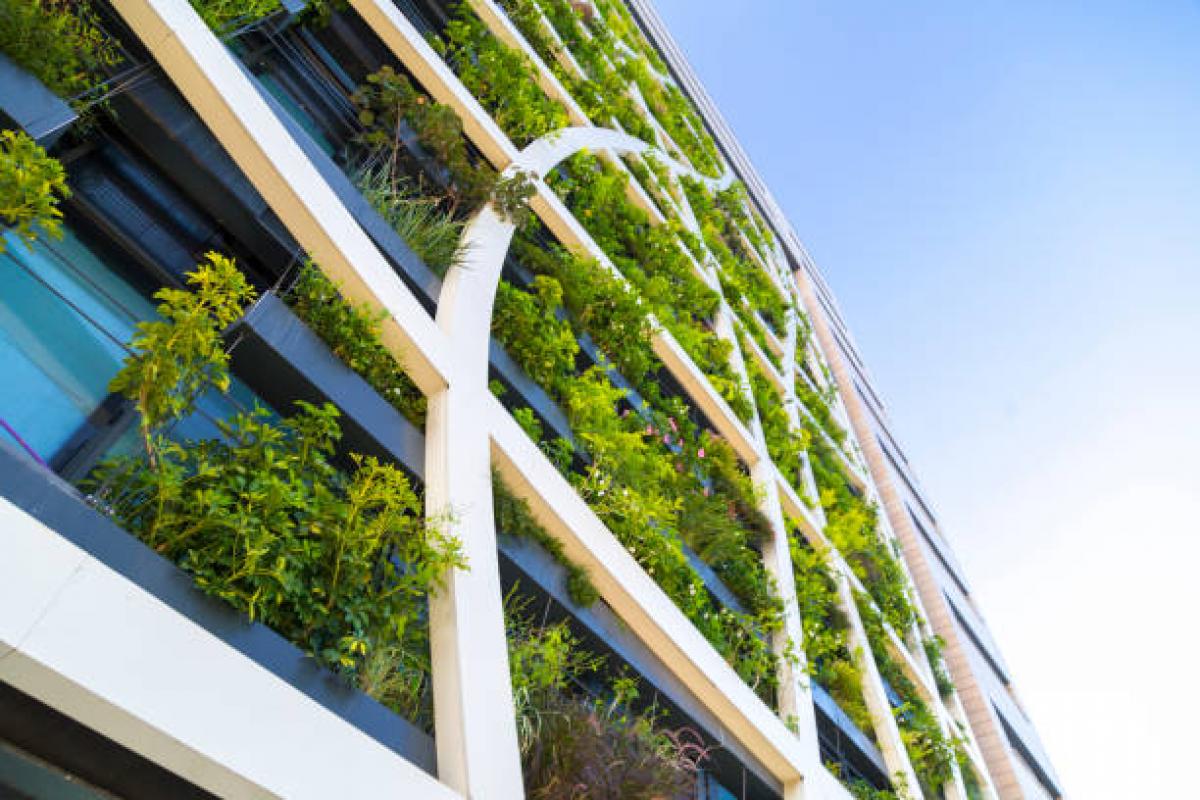
The construction industry, known for its significant environmental impact, is undergoing a transformative shift towards sustainability. As the global community becomes increasingly aware of the need to mitigate climate change and protect natural resources, the demand for eco-friendly construction materials has surged. These materials not only contribute to greener building practices but also offer numerous benefits in terms of energy efficiency, durability, and overall environmental impact. Lets explore some of the key types of eco-friendly construction materials and their significant impact on sustainability.
Using recycled materials such as reclaimed wood, recycled steel, and recycled glass in construction helps reduce waste and minimizes the demand for new resources. These materials not only divert waste from landfills but also often require less energy to produce, making them a sustainable choice for building projects. Reclaimed wood, for instance, retains its unique character and charm while reducing the need for harvesting new timber. Recycled steel, on the other hand, can be melted down and reused multiple times without losing its strength or quality, making it a highly efficient material in terms of resource conservation.
Bamboo is a rapidly renewable resource that is gaining popularity in construction due to its strength, versatility, and sustainability. As one of the fastest-growing plants on Earth, bamboo can be harvested without causing deforestation and offers a durable alternative to traditional building materials like hardwood. Bamboos exceptional strength-to-weight ratio makes it suitable for a wide range of applications, from flooring and furniture to structural elements. By choosing bamboo over slower-growing hardwoods, builders can significantly reduce their carbon footprint and contribute to the preservation of natural forests.
Cork is a versatile and sustainable material that is harvested from the bark of cork oak trees without harming the tree itself. It is commonly used for flooring, insulation, and wall coverings due to its natural thermal and acoustic properties. Cork is a renewable resource that promotes biodiversity and reduces carbon emissions. The cork oak forests, primarily found in the Mediterranean region, are home to a diverse array of plant and animal species, making their preservation crucial for maintaining ecological balance. By using cork in construction, builders can support sustainable forestry practices and contribute to the conservation of these unique ecosystems.
Straw bales are an eco-friendly alternative for insulation in construction. These bales, made from agricultural byproducts, provide excellent thermal performance and are biodegradable at the end of their lifespan. Using straw bales can significantly reduce energy consumption and contribute to a more sustainable building envelope. Straw is a readily available and inexpensive material, making it an accessible option for eco-conscious builders. Moreover, the use of straw bales in construction helps divert agricultural waste from landfills, promoting a circular economy and reducing the overall environmental impact of the building process.
Green roofs, or living roofs, are becoming increasingly popular for their environmental benefits. By covering rooftops with vegetation, green roofs help reduce energy consumption, improve air quality, and mitigate urban heat island effects. Green roofs also provide natural insulation and stormwater management, enhancing the overall sustainability of buildings. The plants on green roofs absorb carbon dioxide, release oxygen, and filter air pollutants, contributing to cleaner and healthier urban environments. Additionally, green roofs help reduce the strain on municipal stormwater systems by slowing down and reducing the volume of runoff, thus minimizing the risk of flooding and combined sewer overflows.
Low-emission concrete incorporates recycled materials and alternative binders to reduce its carbon footprint. By using innovative mix designs and sustainable aggregates, low-emission concrete helps lower greenhouse gas emissions associated with traditional concrete production, making it a more environmentally friendly choice for construction projects. The cement industry is a significant contributor to global carbon emissions, and by adopting low-emission concrete, builders can significantly reduce their carbon footprint. Additionally, the use of recycled materials in low-emission concrete helps divert waste from landfills and conserve natural resources, further enhancing its sustainability credentials.
In conclusion, eco-friendly construction materials play a crucial role in promoting sustainability and reducing the environmental impact of building projects. By incorporating recycled materials, renewable resources like bamboo and cork, innovative insulation options like straw bales, and sustainable practices such as green roofs and low-emission concrete, the construction industry can move towards a more sustainable future. Embracing these eco-friendly materials not only benefits the environment but also contributes to healthier indoor spaces, energy efficiency, and long-term cost savings. As the demand for sustainable construction practices continues to grow, the use of eco-friendly materials will play an increasingly vital role in shaping a greener and more resilient built environment, ensuring that future generations can enjoy a cleaner, more sustainable world.
The adoption of eco-friendly construction materials stands as a pivotal step towards sustainable practices within the industry. By embracing a spectrum of solutions, from recycled materials to renewable resources like bamboo and cork, and incorporating innovative options such as straw bales and green roofs, construction endeavors can significantly reduce their environmental footprint. These initiatives not only foster a greener future but also contribute to healthier indoor environments, enhanced energy efficiency, and long-term cost savings. Join us at the RAHSTA EXPO 2024, scheduled for October 9-10th in Mumbai, to delve deeper into the sustainable practices shaping our journey towards a cleaner, more resilient world.